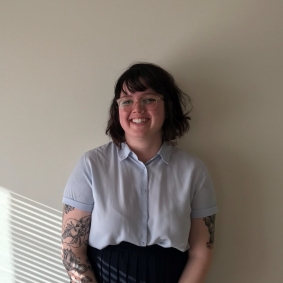Knauss legislative fellowships in Congress help build careers — and they're fun and educational. See our video and fact sheet for details.
Noelle Olsen

The Maryland Sea Grant Bookstore is closed for the winter holidays from Monday, December 15th to Friday, January 5th and will not be taking orders during that time.
